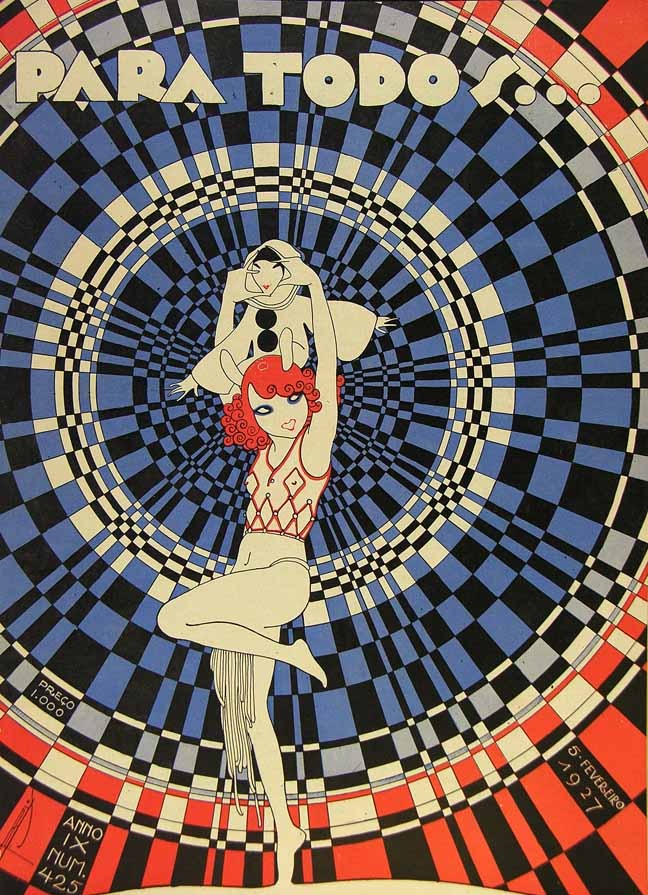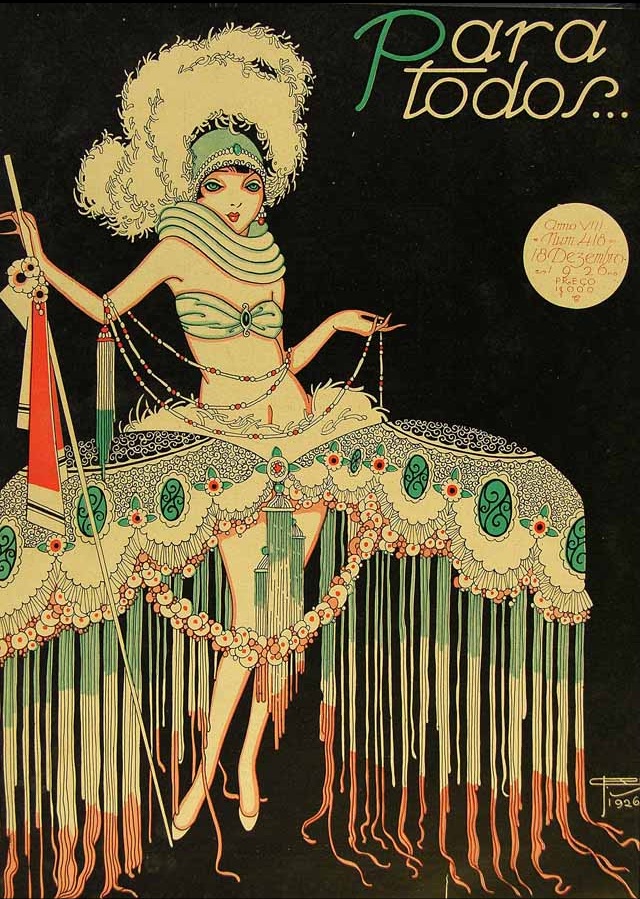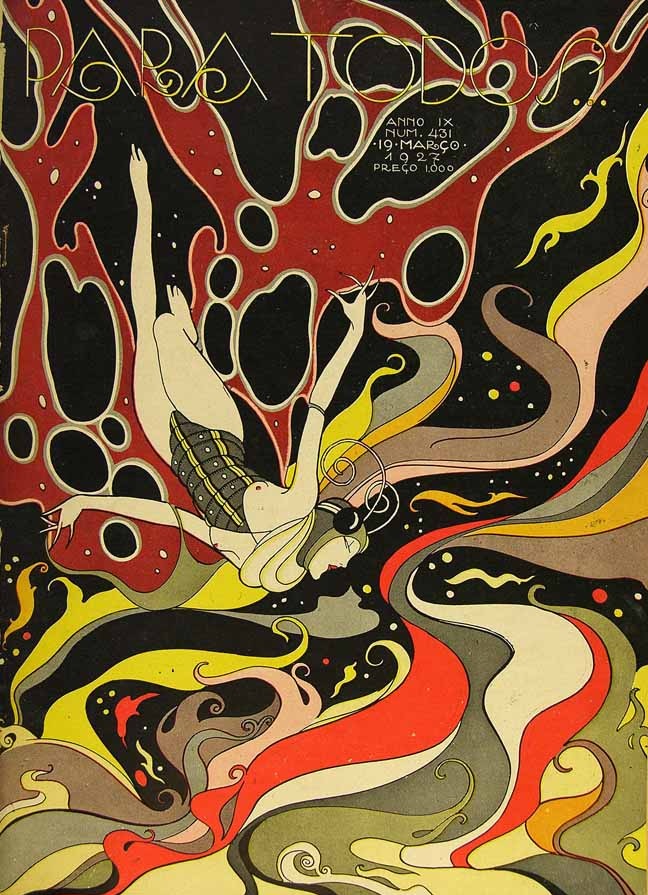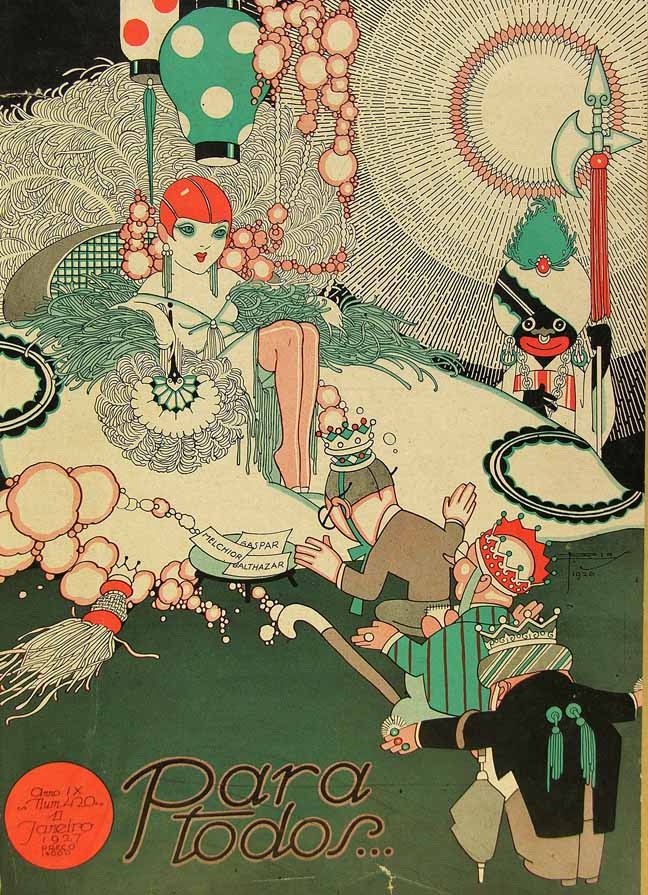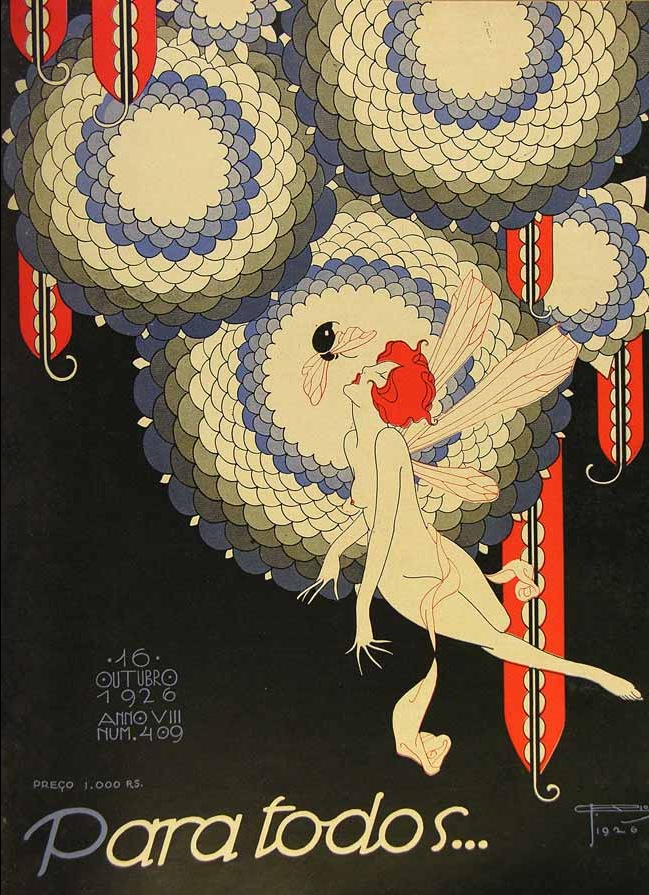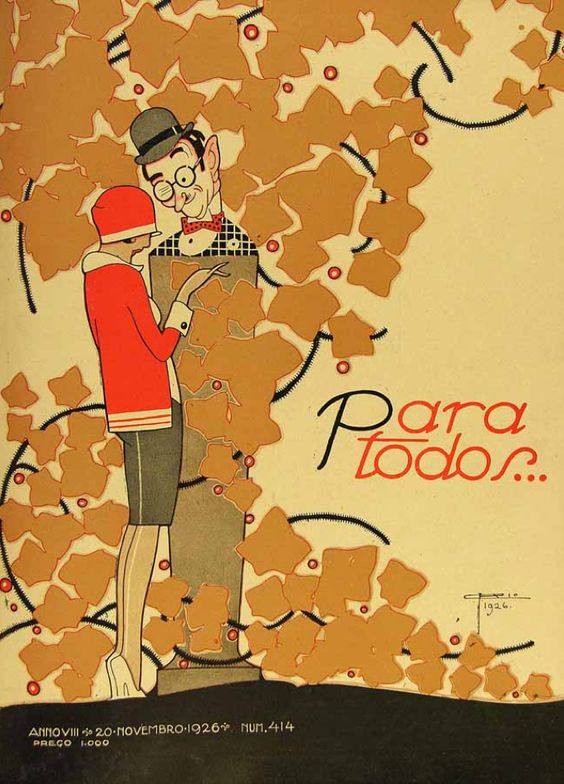In an odd twist of history, two of the wisest and weirdest children’s writers of their generation also happened to have both been fighter pilots during World War II. Antoine de Saint-Exupéry, author of The Little Prince, flew reconnaissance missions for the French Air Force before the 1940 armistice with Nazi Germany. Roald Dahl, author of—among many others—Charlie and the Chocolate Factory, James and the Giant Peach, and The BFG, flew with the Royal Air Force. Both wrote about their flying exploits and both writers, it so happened, were once shot down over Libya, which also happens to be the title of Dahl’s first published story, written for grown-ups and published in the Saturday Evening Post in 1946.
There are maybe other uncanny similarities, but one thing Saint-Exupéry never turned his hand to is television. Dahl, on the other hand, had the opportunity to host two TV shows during his lifetime: Way Out in 1961 and Tales of the Unexpected, which aired from 1979 to 1988 and featured several episodes based on Dahl’s own stories. Although he has become renowned for his high-concept kid’s books, at the time of Dahl’s entrée onto the tube, he had mainly achieved fame as a writer of macabre tales published in the New Yorker as well as a script written for Alfred Hitchcock Presents called “Lamb to the Slaughter.”
Dahl seems a natural fit for the medium, not only as a writer but as a presenter, with his dry wit and suave personality. But his first show, Way Out—eight episodes of which you can now watch on YouTube—came about entirely by accident, or rather, as the serendipitous result of another program’s spectacular failure. This is no exaggeration. Jackie Gleason, perhaps the most famous comedian of his day, had decided in 1961 to attempt a celebrity game show on CBS called You’re in the Picture. The show was such a bomb that it only aired once, and the following week, Gleason appeared on a bare stage for half an hour, the authors of a Filmfax Magazine article write, and “apologized to the American public for the insult to their intelligence that had been perpetrated the week before.”
This went on for several more weeks, then Gleason invited celebrity friends on for impromptu interviews and “when things started getting desperate,” had a chimp on as a guest star. One CBS network head at the time remembered the show later as the greatest disaster of his decades-long career in television. Enter producer David Susskind, “a man who could deliver a program quickly and under pressure,” and a great fan of Roald Dahl. Cooking up the idea of “an eerie, chilling creepy drama,” Susskind says, with “a nether world sense to it,” he approached Dahl with an offer to replace Gleason’s travesty with adaptations of his stories and the opportunity to host.
Only one of Dahl’s stories made it into the show, the first episode “William & Mary” (above), about a man planning to become a brain in a jar. But the show was an instant hit with critics, especially Dahl’s brief, darkly humorous opening and closing monologues. One critic described him as “a thin Alfred Hitchcock, an East Coast Rod Serling.” And like Serling’s show, Way Out—which was spelled in a title card after the first episode with an inexplicable single apostrophe as ’Way Out—trafficked in sci-fi and psychological horror. But the two shows were not in competition. Twilight Zone and Way Out both aired on the same network, CBS, and the time slot of Gleason’s failed show happened to directly precede The Twilight Zone, just then ending its second season. Dahl’s show was billed as a “companion program” to Serling’s.
Sadly for all the praise showered upon ’Way Out, it did not attract a large enough audience to get renewed for a second season, and it would be another 18 years before Dahl returned to television. But even had he never returned, or never even made his first program, Dahl’s significant contribution to TV history would be secure. His first children’s book, The Gremlins, originally written in 1943 for a failed Disney project, inspired what is perhaps the most well-known Twilight Zone episode of them all, the William Shatner-starring “Nightmare at 20,000 Feet,” which involves a certain terrifying shock on an airplane and was so effective, it was remade for Twilight Zone, the film. The episode adapted a story by Richard Matheson, but it was Dahl who first came up with the idea.
Related Content:
Read a Never Published, “Subversive” Chapter from Roald Dahl’s Charlie and the Chocolate Factory
Roald Dahl, Who Lost His Daughter to Measles, Writes a Heartbreaking Letter about Vaccinations
Alfred Hitchcock Presents Ghost Stories for Kids (1962)
Josh Jones is a writer and musician based in Durham, NC. Follow him at @jdmagness
